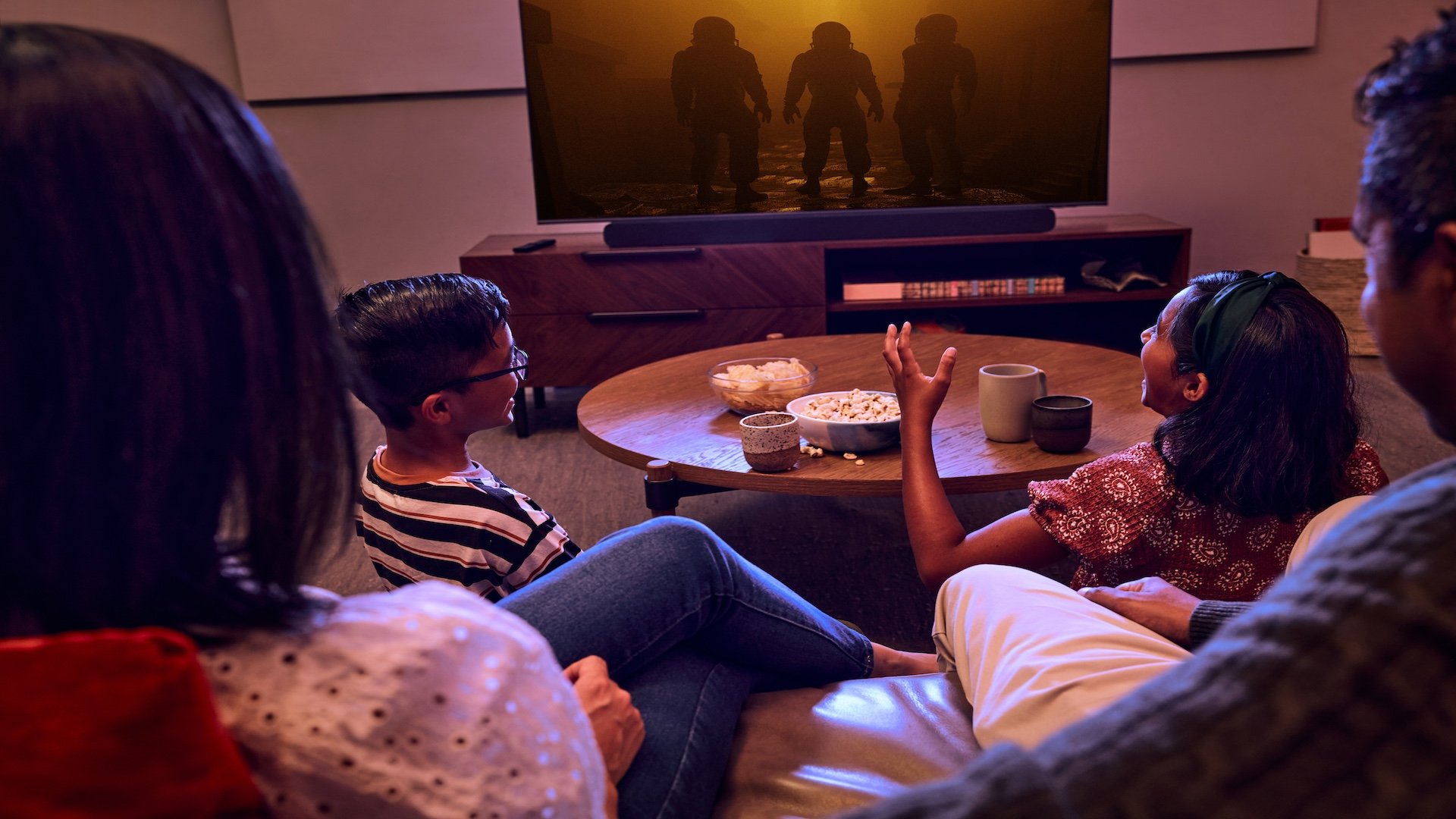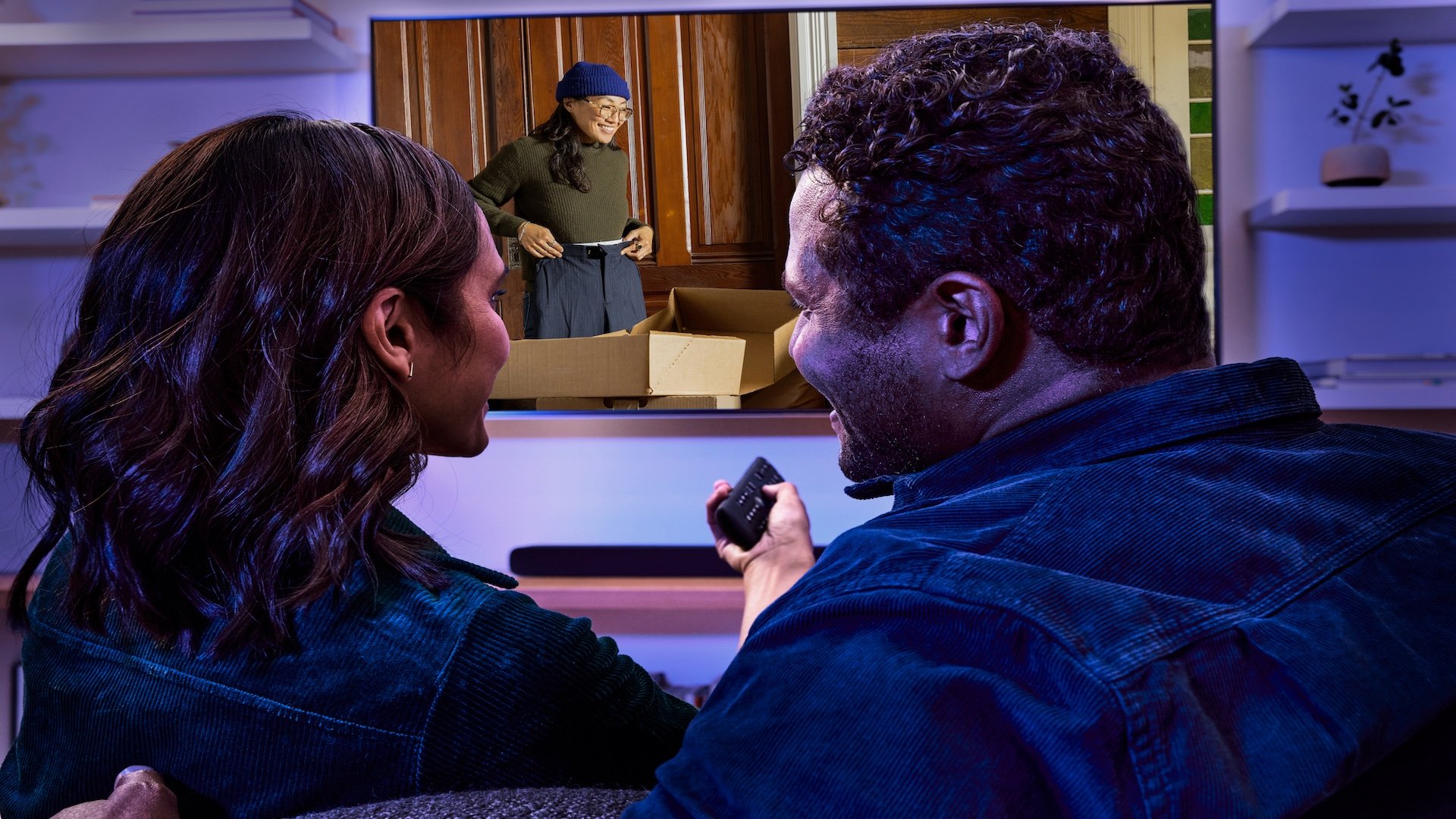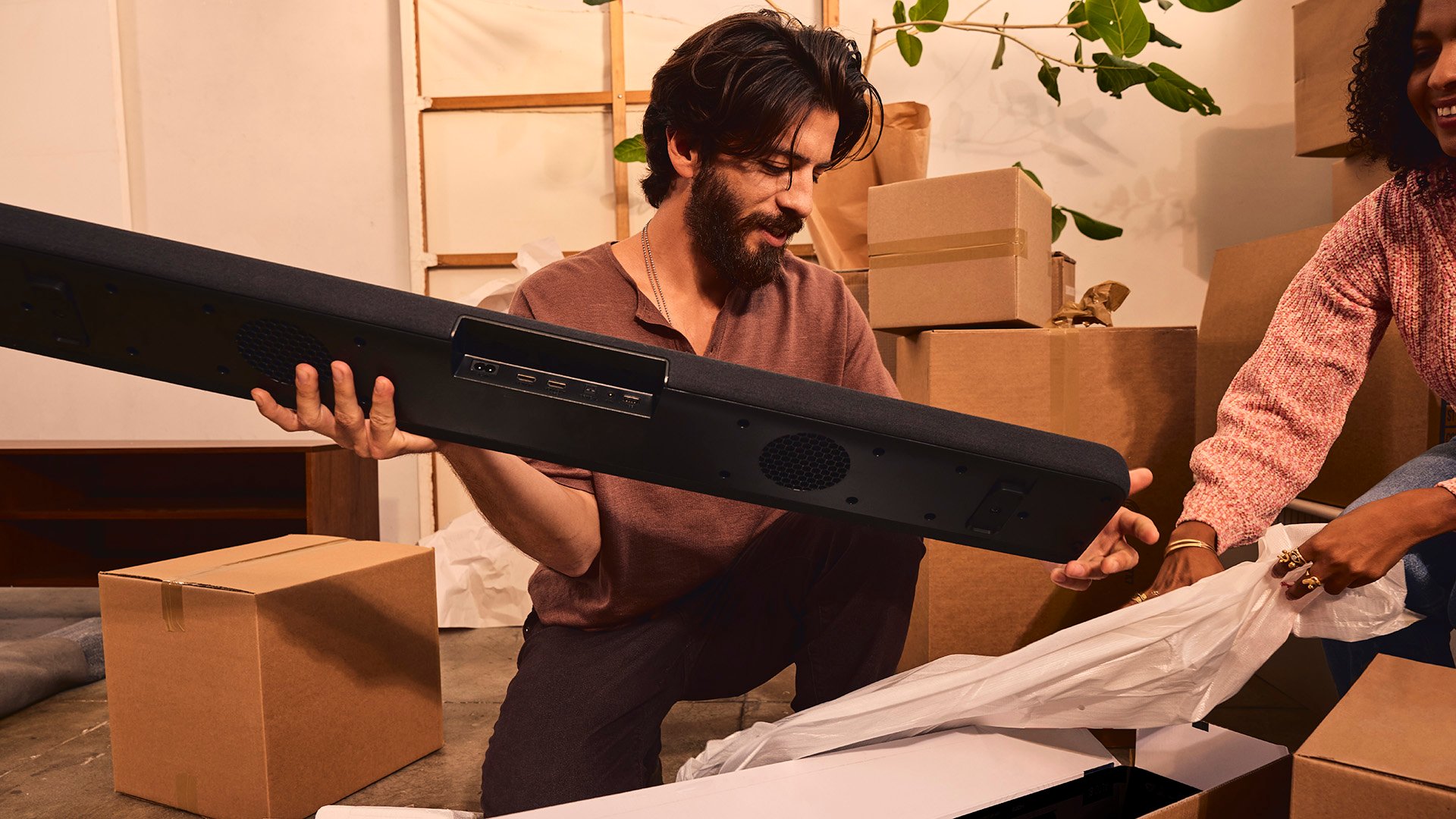Featured article
What is Spatial Audio?
Spatial audio is used a lot these days, but often misunderstood. Not to worry! We’ve written an article that explains how it differs from surround sound and deep dives into how music creatives use it to fill up the room with lifelike sound that puts you inside your entertainment.
What is Spatial Audio?
Spatial audio is used a lot these days, but often misunderstood. Not to worry! We’ve written an article that explains how it differs from surround sound and deep dives into how music creatives use it to fill up the room with lifelike sound that puts you inside your entertainment.










